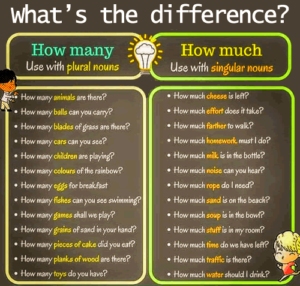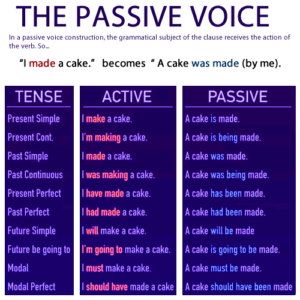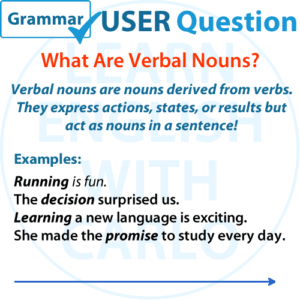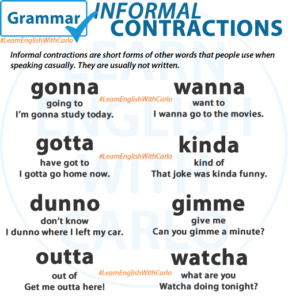When learning English, one of the most challenging aspects for students is understanding the difference between the Present Perfect and the Simple Past. Both tenses refer to actions in the past, but they are used in very different ways depending on the context. Let’s break down these differences. Present Perfect: Unfinished Actions The Present Perfect …
Category: INSTAGRAM
Images I've posted to Instagram
Permanent link to this article: https://englishyourway.com.br/the-present-perfect-vs-the-simple-past/
Nov 23
SO-SO and MORE OR LESS: What’s the Difference
While SO-SO and MORE OR LESS are short and simple phrases, they serve entirely different purposes in English. Let’s dive into their meanings, uses, and nuances. 1. SO-SO: The Language of the Average Definition:SO-SO is used to describe something that is average, ordinary, or not impressive. It conveys a neutral feeling—not good, not bad. When …
Permanent link to this article: https://englishyourway.com.br/difference-between-so-so-and-more-or-less/
Nov 20
GRAMMAR – How Much vs. How Many
When we want to know the quantity or amount of something, we use HOW MUCH or HOW MANY. Key Differences: Remembering this distinction will help you use “how much” and “how many” correctly in questions and statements based on whether the noun is countable or uncountable. If you have any questions or doubts, please ask …
Permanent link to this article: https://englishyourway.com.br/difference-between-how-much-and-how-many/
Nov 19
Its vs. It’s – What’s the Difference?
English learners often get confused between “its” and “it’s” — and even native speakers make mistakes with these two! But don’t worry. Once you understand the difference, it’s easy to get it right every time. 🔤 Quick Explanation 🔎 When to Use “It’s” It’s is a contraction (short form) of: 📌 Examples with “it is”: …
Permanent link to this article: https://englishyourway.com.br/its-vs-its/
Nov 17
GRAMMAR – The Passive Voice
There are two voices in English (and most other languages), ACTIVE and PASSIVE. ACTIVE: Isabella ate the burrito.In this sentence, the subject, Isabella, performed the action, and the object, the burrito, suffered the action. To express something in the PASSIVE voice, the idea needs to have an OBJECT.Why? Because in the passive voice, the OBJECT …
Permanent link to this article: https://englishyourway.com.br/grammar-the-passive-voice/
Nov 16
Collocations – Nouns + Prepositions
Certain nouns are often accompanied by specific prepositions, creating noun-preposition collocations. For instance, when we use the noun “interest,” it is typically followed by the preposition “in.” Similarly, “contact” pairs with “with,” and “room” with “for.” For example: Recognizing which preposition to use in these collocations can be challenging. One helpful strategy is to consider …
Permanent link to this article: https://englishyourway.com.br/collocations-nouns-prepositions/
Nov 14
What’s the difference? IN TIME vs. ON TIME
Many people confuse these two expressions. And while they are similar, there is a very important difference. ON time – This referrs to when you have an appointment or scheduled time to be somewhere or do something. The meeting starts at 2 pm. I have to be on time. (If I’m late something bad will …
Permanent link to this article: https://englishyourway.com.br/whats-the-difference-in-time-vs-on-time/
Nov 13
GRAMMAR – Verbal Nouns
What Are Verbal Nouns and How Are They Constructed? If you’ve ever encountered words like running, development, or decision, you’ve seen verbal nouns in action! Verbal nouns are a fascinating aspect of English grammar, as they combine the essence of an action (from verbs) with the grammatical function of a noun. Let’s dive into what …
Permanent link to this article: https://englishyourway.com.br/grammar-verbal-nouns/
Nov 13
VOCABULARY – Informal (spoken) Contractions
VOCABULARY – Informal (spoken) Contractions In English, as in most other languages, there are ways to shorten groups of words that commonly go together. We don’t do this in writing, just when we speak. They are called informal or spoken contractions. Here are some examples: I’ve got to go soon – I’ve gotta go soon. …
Permanent link to this article: https://englishyourway.com.br/informal-english-contractions/
Nov 12
GRAMMAR – Indefinite Pronouns
GRAMMAR – Indefinite Pronouns Indefinite Pronouns like everyone and anything often cause problems. Although the appear to refer to more than one person or thing, they are SINGULAR. One way to determine if a pronoun is singular is to put the verb are immediately after it. If the resulting combination sounds wrong, then that pronoun …
Permanent link to this article: https://englishyourway.com.br/grammar-indefinite-pronouns/










